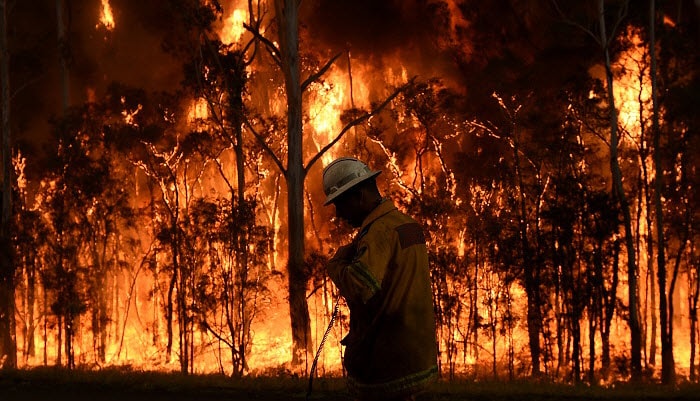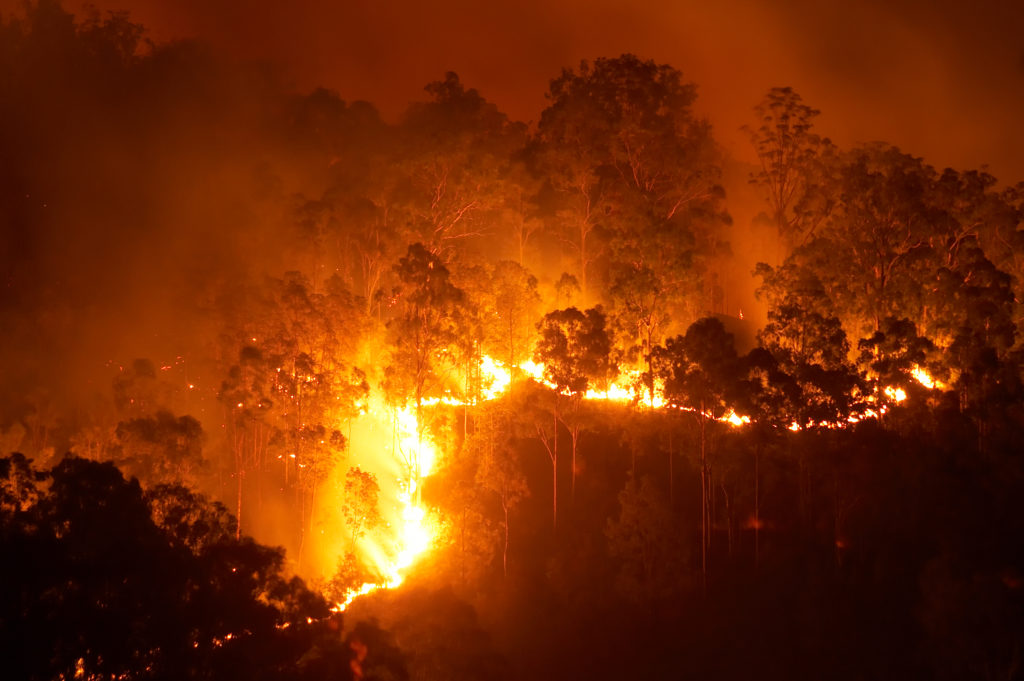How BAL Record Impacts Bush Fire Defense Measures
In the realm of bush fire defense, the Structure Assault Degree (BAL) record stands as an important device that substantially influences the security and durability of homes in fire-prone areas - BAL Report. The impact of a BAL evaluation expands much past mere documents; it works as the keystone for determining the proper building and construction standards and fire protection steps essential to reduce the risks positioned by bushfires. As communities come to grips with significantly severe fire seasons, comprehending exactly how the BAL record forms these safety procedures comes to be critical for policymakers, building contractors, and home owners alike
Comprehending the Bushfire Assault Level

Value of BAL Report Evaluation

Additionally, the BAL record analysis works as a fundamental action in following lawful responsibilities and demands associated with bushfire defense. Local councils and authorities typically mandate the entry of a BAL record as component of the preparation and structure authorization process to ensure that residential properties are properly protected against bushfire risks. Stopping working to carry out a detailed BAL record analysis can cause inadequate protection measures, leaving homes prone to ravaging bushfire occurrences.
Building And Construction Requirements Based Upon BAL
A detailed understanding of the Bushfire Assault Level (BAL) enables residential or commercial property proprietors to carry out building requirements tailored to their certain threat account. Building standards based on BAL are essential in mitigating the impact of bushfires on residential properties. The BAL rating classifies the potential threat a home deals with during a bushfire on a scale from BAL-Low to BAL-FZ (Flame Zone)
Applying Fire Security Steps
With the foundation of building standards based upon Bushfire Assault Level (BAL) in area, the focus currently moves towards the sensible application of fire defense actions to fortify properties versus bushfire threats. Executing fire security actions includes a mix of passive and active approaches to improve the resilience of buildings in bushfire-prone locations. Passive steps include making use of fire-resistant structure products, setting up ash guards on vents, sealing voids in wall surfaces and roofing systems, and keeping a clear space around the home devoid of flammable plants. Active steps incorporate having firefighting equipment easily offered, such as hoses and water pumps, in addition to developing a defendable space around the residential property by getting rid of greenery and having a properly maintained yard. Additionally, establishing an emptying plan and making sure all homeowners recognize emergency procedures are vital parts of reliable fire defense measures. By integrating both passive and energetic strategies, properties can considerably minimize their vulnerability to bushfire occurrences and boost the safety and security of owners.
Shielding Homes Versus Bushfires
Successfully safeguarding homes against the harmful impacts of bushfires needs a detailed and proactive method to fire protection actions. Home owners living in bushfire-prone locations should focus on the implementation of different strategies to improve their home's strength against wildfires. One fundamental facet is creating a defensible space around the home by keeping a clear zone without combustible products. This consists of on a regular basis cutting vegetation, getting rid of dead plants, and making sure a secure range between structures and trees. Installing fire-resistant roof products can also substantially decrease the danger of ash strikes and straight flame get in touch with. Furthermore, securing voids and vents to prevent ash breach, as well as integrating fire-resistant doors and home windows, can More hints aid strengthen the home's protection versus bushfires. Buying a trusted water resource, such as a well-maintained lawn sprinkler or a dedicated water storage tank, is crucial for supplying water throughout fire emergencies - BAL Report. By embracing an aggressive position and incorporating these safety actions, home owners can significantly enhance their possibilities of protecting their homes against bushfires.
Conclusion
In verdict, the Bushfire Assault Level (BAL) record plays a critical function in establishing the required protection actions against bushfires. By assessing the BAL, building and construction standards can be customized to reduce the dangers and make sure the safety of homes in fire-prone areas. Executing fire security actions based on the BAL record is important in protecting residential properties from potential bushfire dangers. It is essential for property owners to prioritize BAL analyses and stick to recommended building and construction standards to improve bushfire durability.
In assessing bushfire risk to homes, recognizing the Bushfire Strike Degree (BAL) is a crucial component for executing efficient security steps. On the whole, a clear understanding of the Bushfire Strike Degree is essential for implementing adequate protection steps and reducing the effect of bushfires on buildings.

Comments on “Proactive Residential Property Security: Leveraging the Insights of a BAL Report”